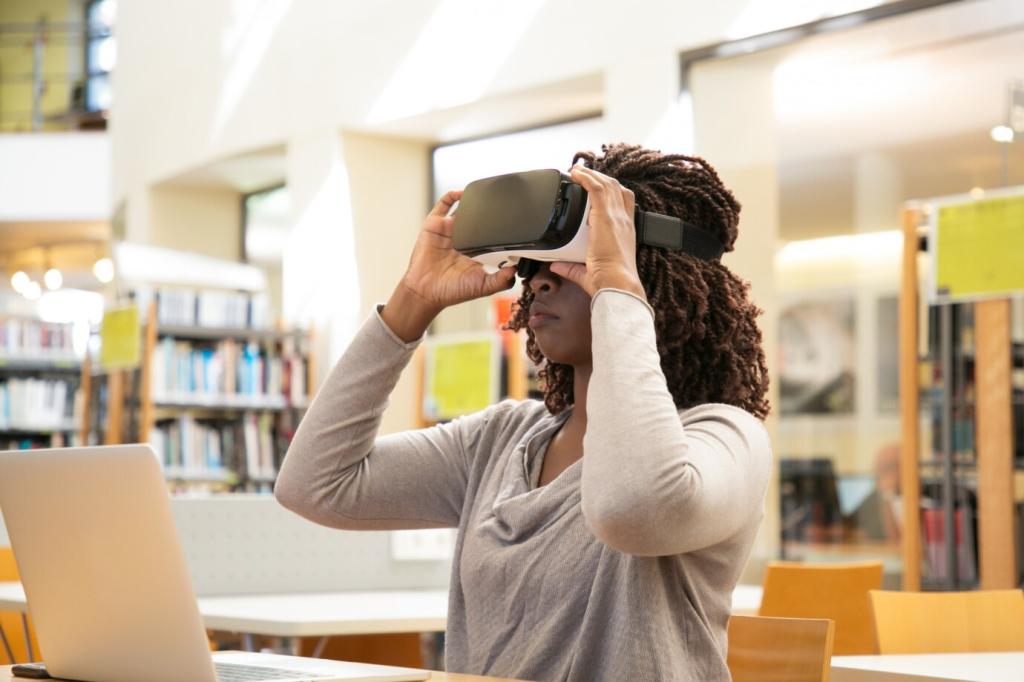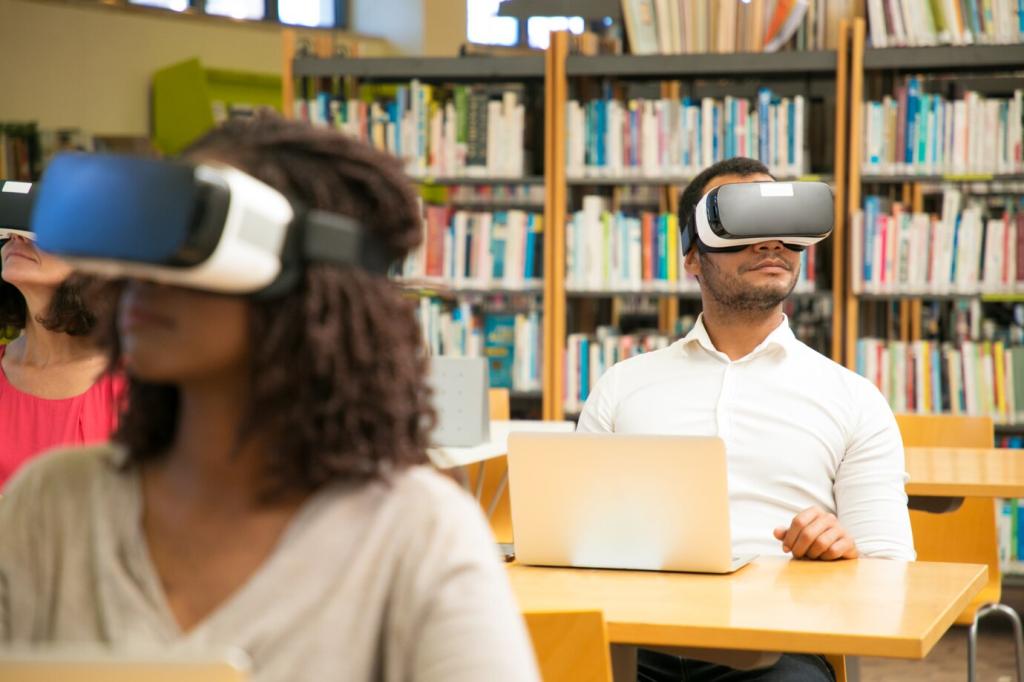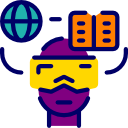
Future of Language Learning: Virtual Reality Platforms
The rapidly evolving landscape of technology is transforming the way we learn new languages. Virtual reality (VR) platforms, once seen as futuristic gadgets, are now pioneering immersive and interactive avenues for language acquisition. These dynamic environments bridge geographical gaps, offering unparalleled opportunities for learners to engage with languages in lifelike scenarios. As VR becomes more accessible and sophisticated, it is poised to redefine the language learning experience by making it more authentic, engaging, and effective.
The Immersive Experience Revolution
Breaking Down Barriers
Virtual reality language platforms eliminate many of the obstacles that make traditional classroom learning less effective. Learners aren’t limited by location or scheduling constraints; instead, they can access rich, interactive environments from anywhere in the world. This level of flexibility empowers students to engage with the language at their own pace, increasing retention and motivation. The global reach of VR also means students can interact with native speakers and culturally relevant content, bridging the gap between theory and practical use.
Realistic Contexts for Practice
A major advantage of VR is the ability to simulate real-world scenarios that would be challenging or impossible to recreate in a typical classroom. Students can order food in a Parisian café, navigate a busy Tokyo street, or negotiate deals in a virtual marketplace, all while honing their language skills. These realistic contexts make the learning process more meaningful, allowing users to practice vocabulary, grammar, and pronunciation in relevant, memorable situations. The authenticity of these experiences enhances engagement and prepares learners for real-life interactions.
Emotional Engagement and Motivation
VR’s immersive nature triggers emotional responses that foster deeper engagement with language learning. The sensation of presence—the feeling of actually being in another place—makes the language come alive, encouraging students to interact more naturally. This emotional investment leads to increased motivation, persistence, and enjoyment. Learners become participants rather than observers, making mistakes and learning from them in a supportive, low-risk environment. The result is a transformative experience that accelerates language acquisition and boosts confidence.
Adaptive Learning Environments
Through artificial intelligence and data analytics, VR platforms can monitor each learner’s performance and adapt content accordingly. If a user struggles with pronunciation, targeted exercises can be delivered in real-time. Likewise, conversational partners can be programmed to adjust their speech speed or complexity, ensuring that learners are always challenged but never overwhelmed. This fluid adaptability means every session is optimized for maximum progress, minimizing frustration and plateaus that often hinder language learners.
Gamification and Progress Tracking
Gamification is seamlessly integrated into VR platforms, providing rewards and recognition that reinforce positive behaviors and milestones. Learners might earn badges for completing interactive missions, advance through levels by mastering new skills, or compete with peers in virtual spaces. Progress tracking is automatic and data-driven, giving users clear insight into their strengths and areas needing improvement. The combination of gamification and detailed analytics transforms the often solitary journey of language learning into a motivating and rewarding adventure.
Customizable Avatars and Scenarios
VR technology allows learners to customize not just their avatars, but the scenarios and settings in which they practice. Whether recreating a childhood memory or exploring unfamiliar cultures, users can personalize their experience to match their interests and learning goals. This level of customization deepens engagement and helps learners relate more personally to the language being studied. It also empowers instructors to design tailored lesson plans and group activities, catering to diverse learning styles and objectives.
Expanding Accessibility and Inclusivity
Affordable Hardware Solutions
Traditionally, high-tech learning tools have come with prohibitive costs. However, recent advances in affordable VR headsets and software are lowering barriers to entry for students and institutions alike. Many platforms are compatible with smartphones or budget-friendly devices, making it feasible for schools, libraries, and individuals to adopt VR language tools. As hardware becomes more cost-effective, the reach of immersive language education continues to expand, leveling the playing field for learners worldwide.

